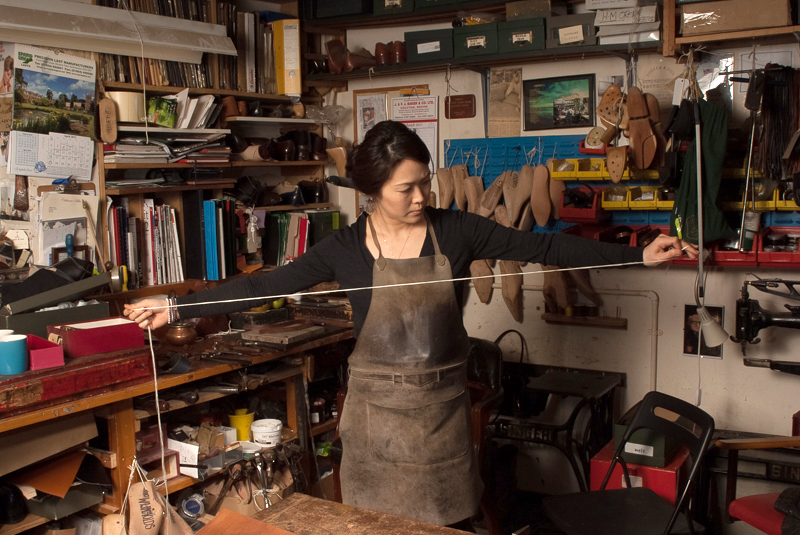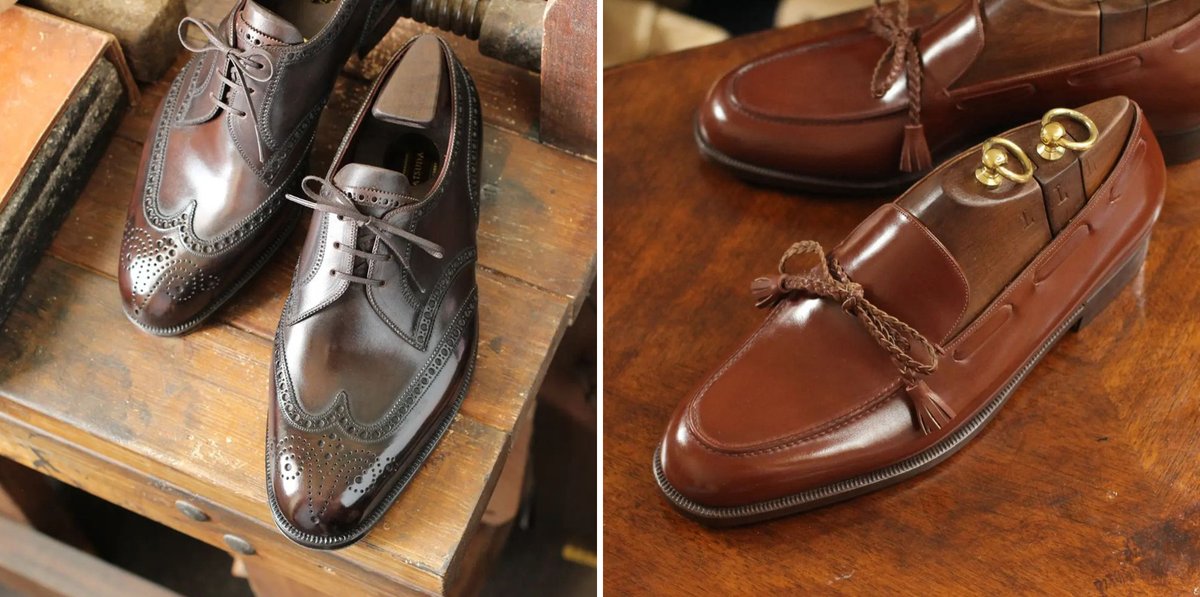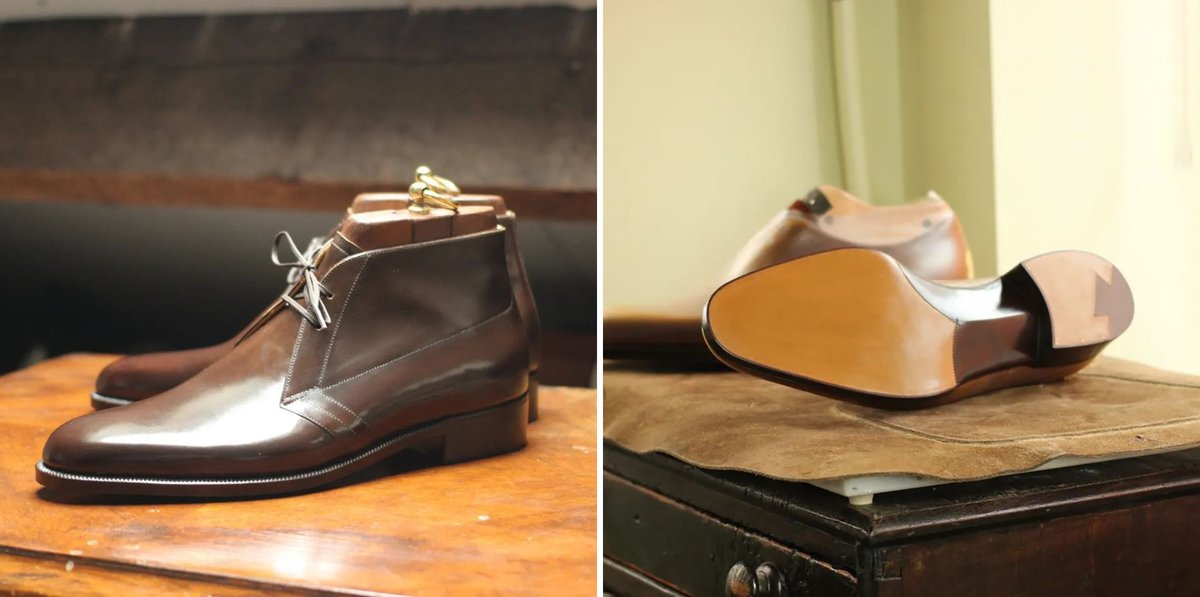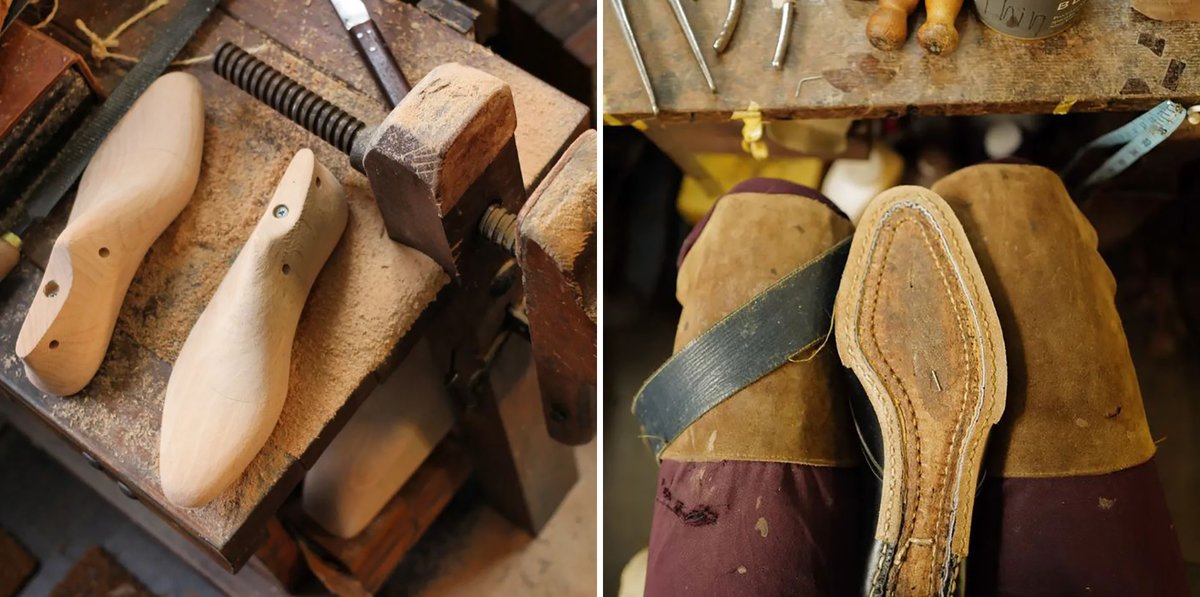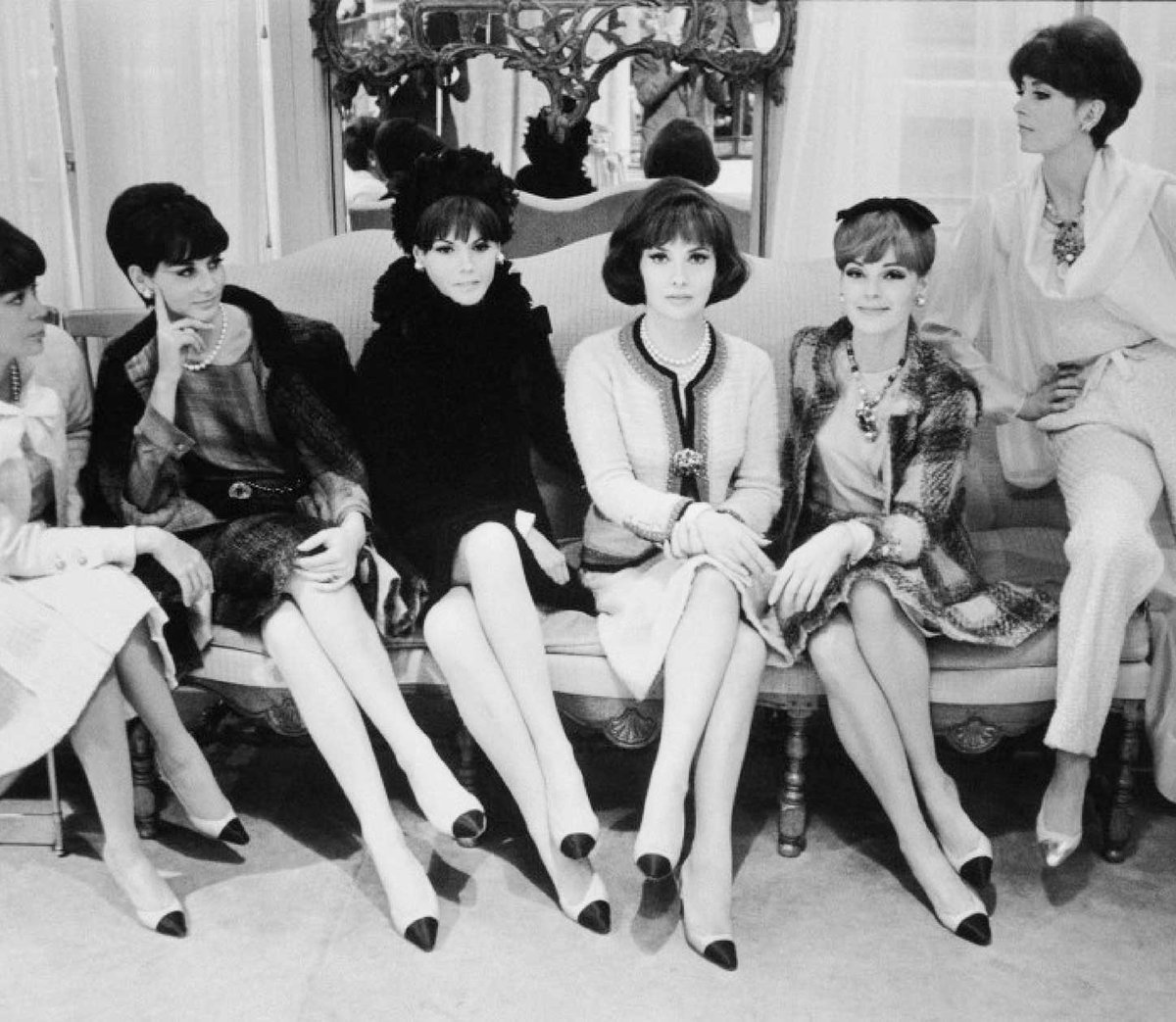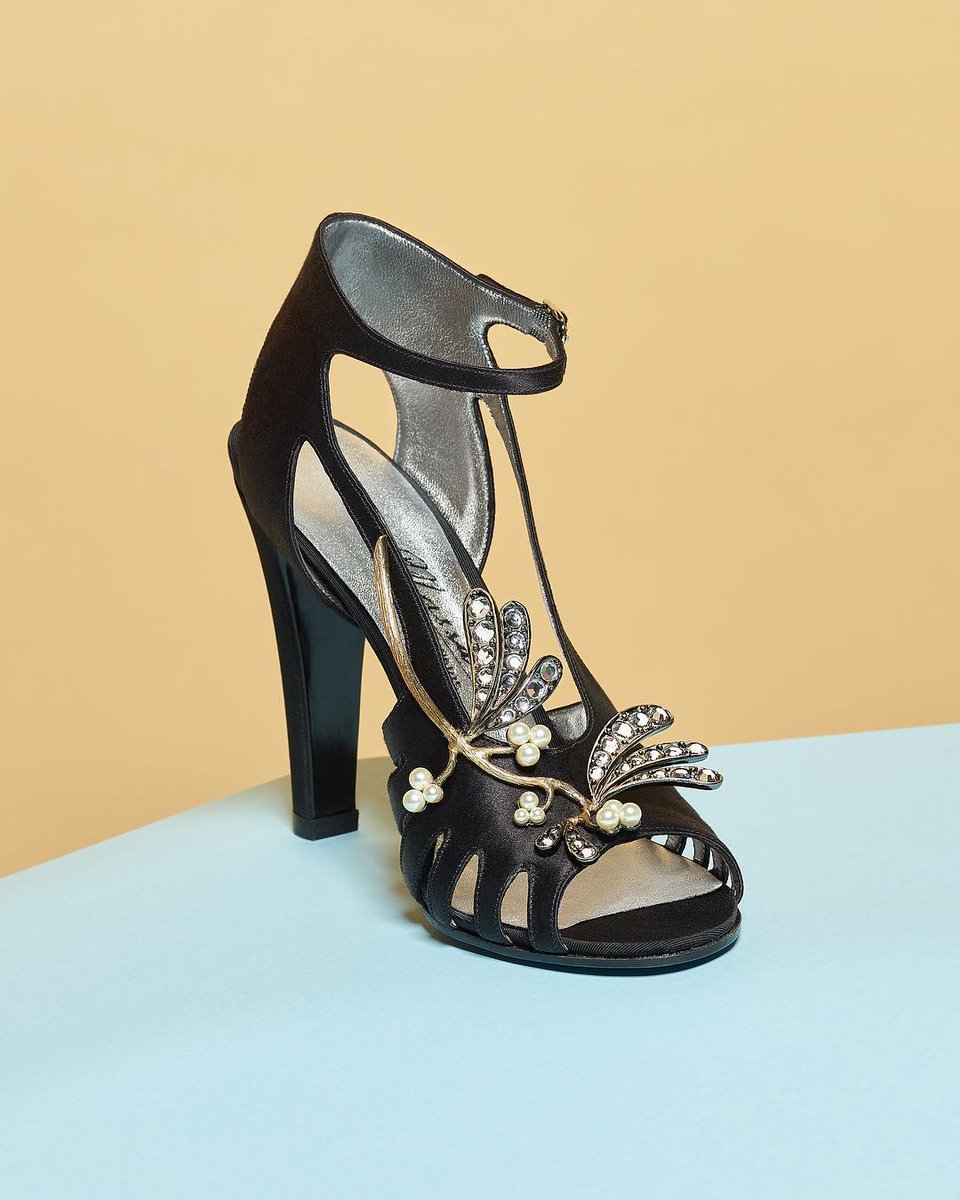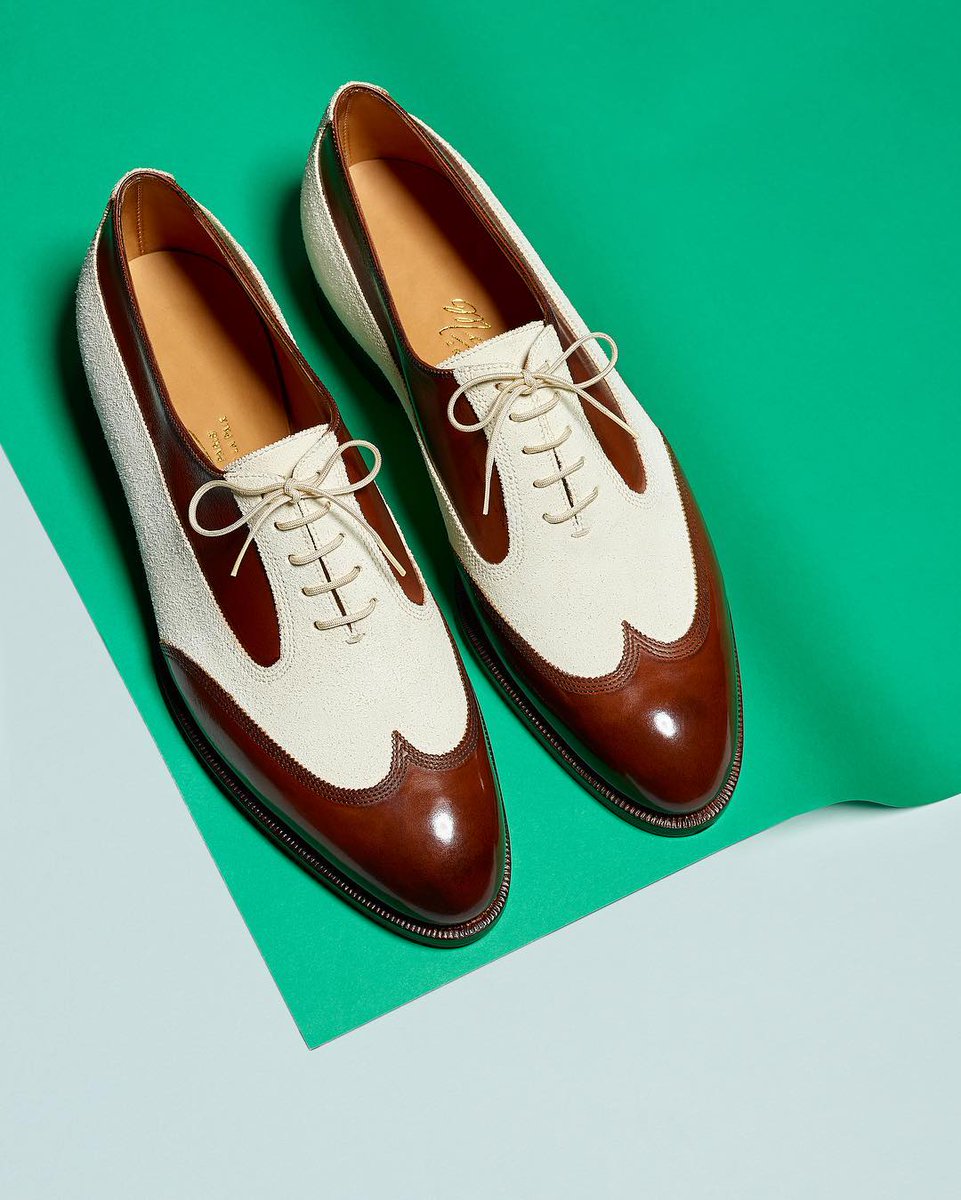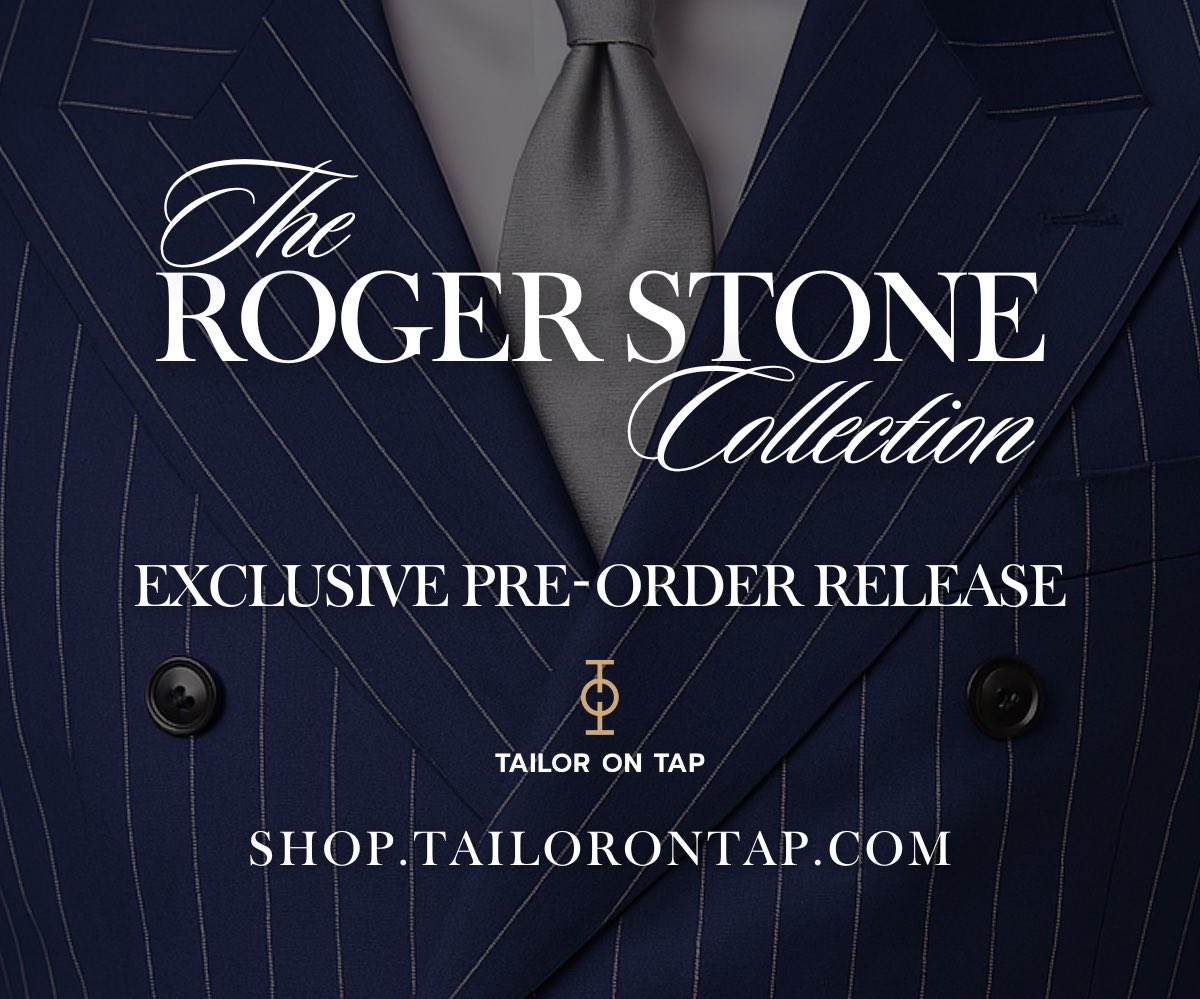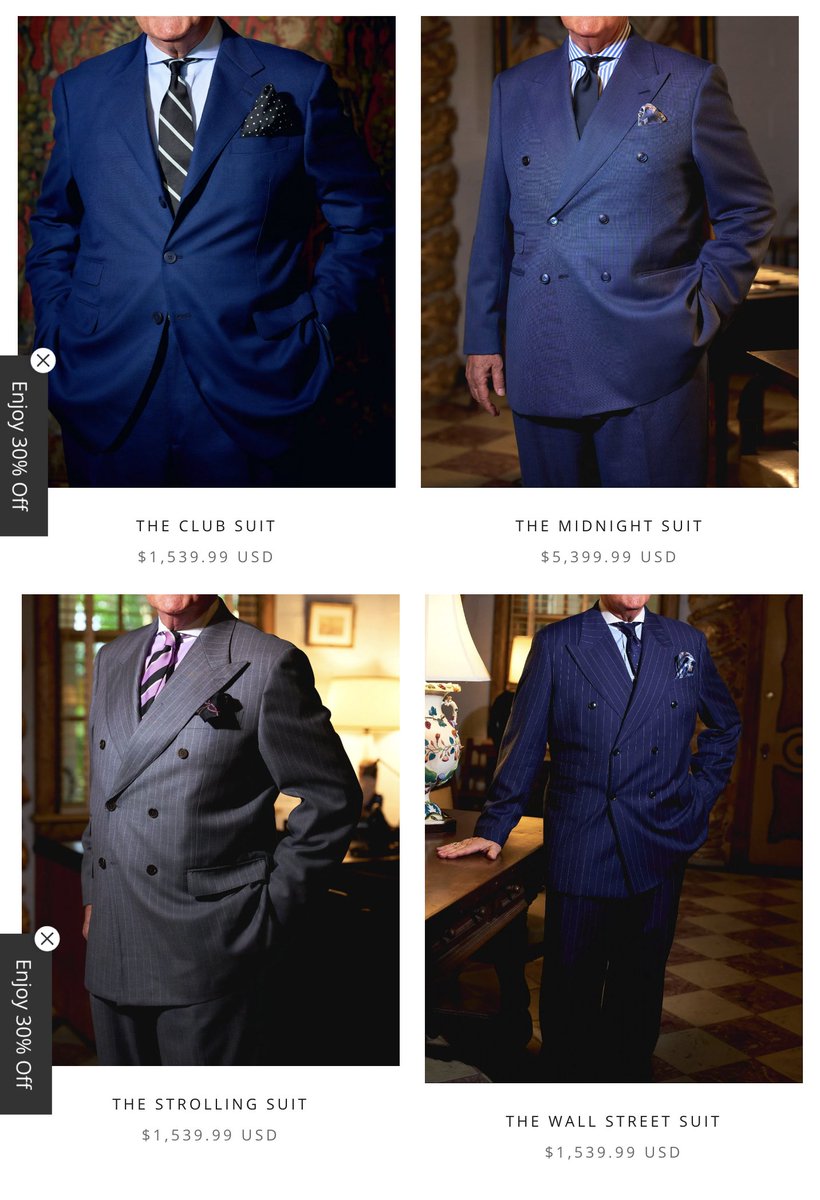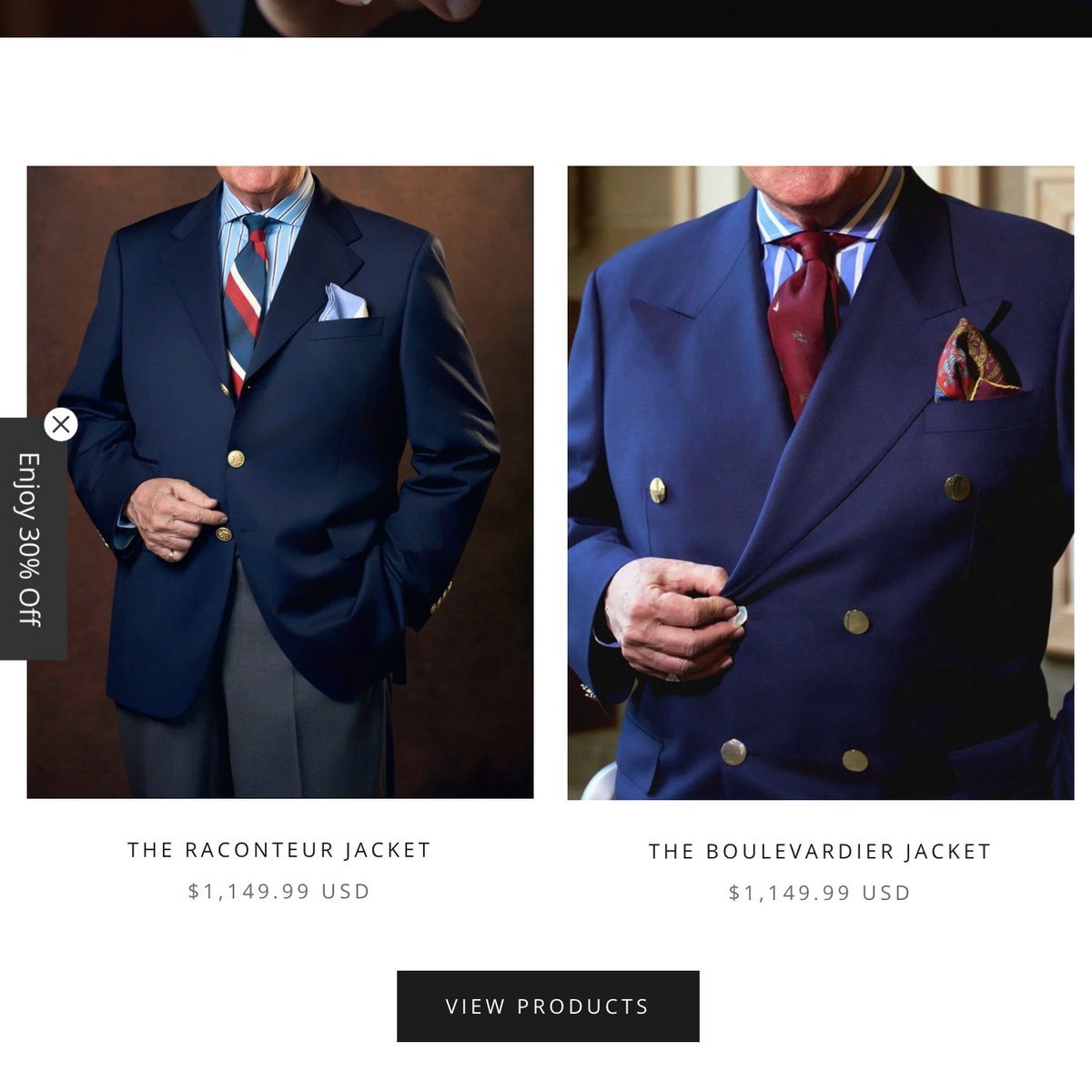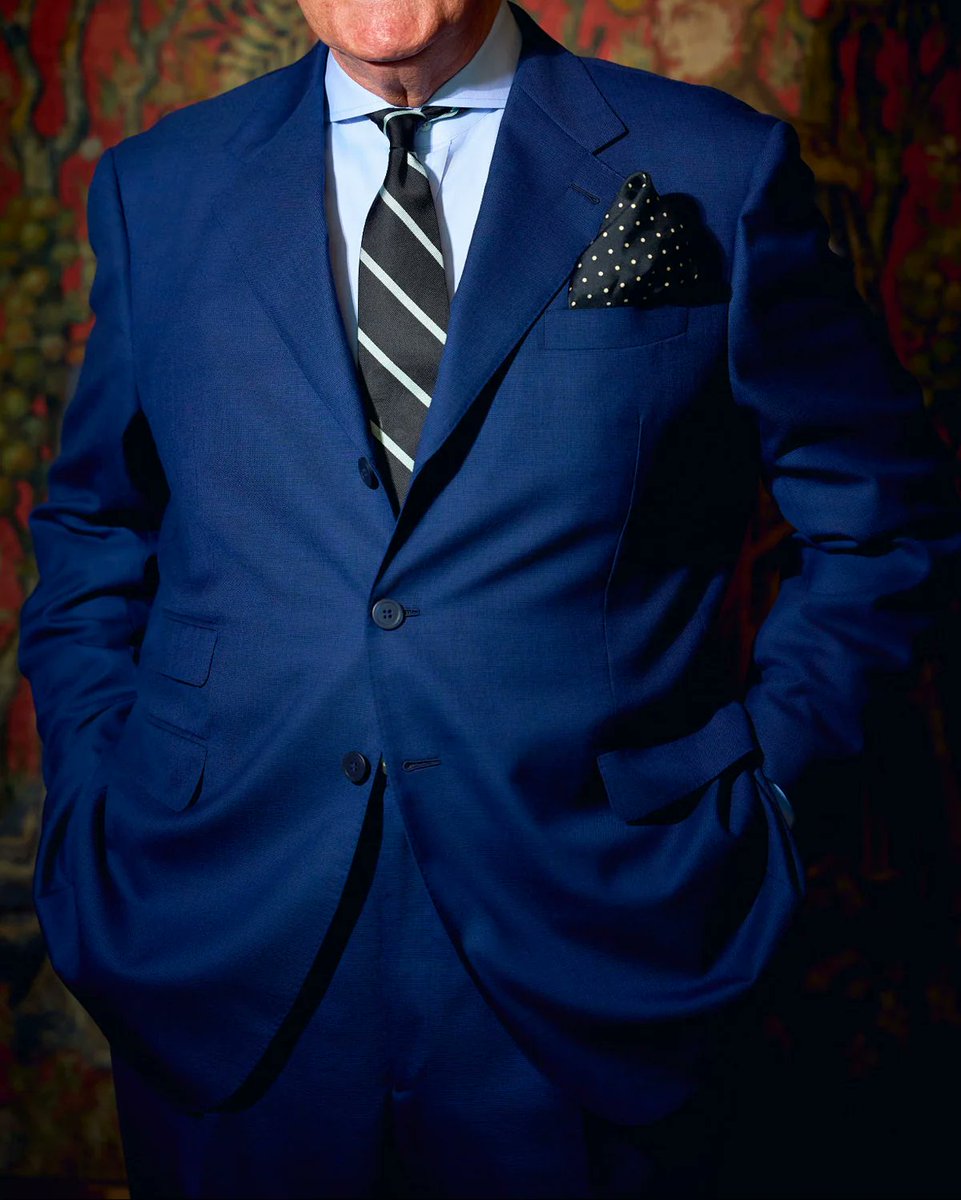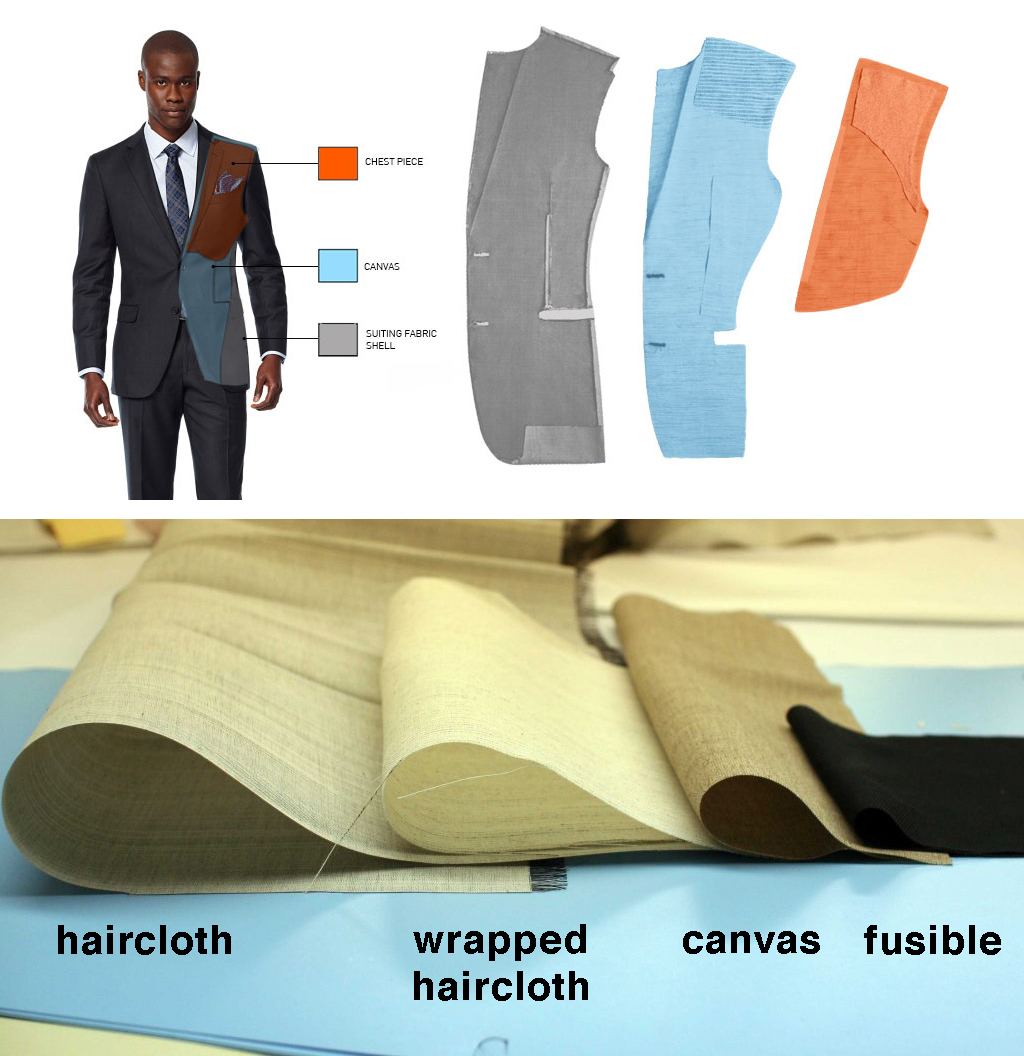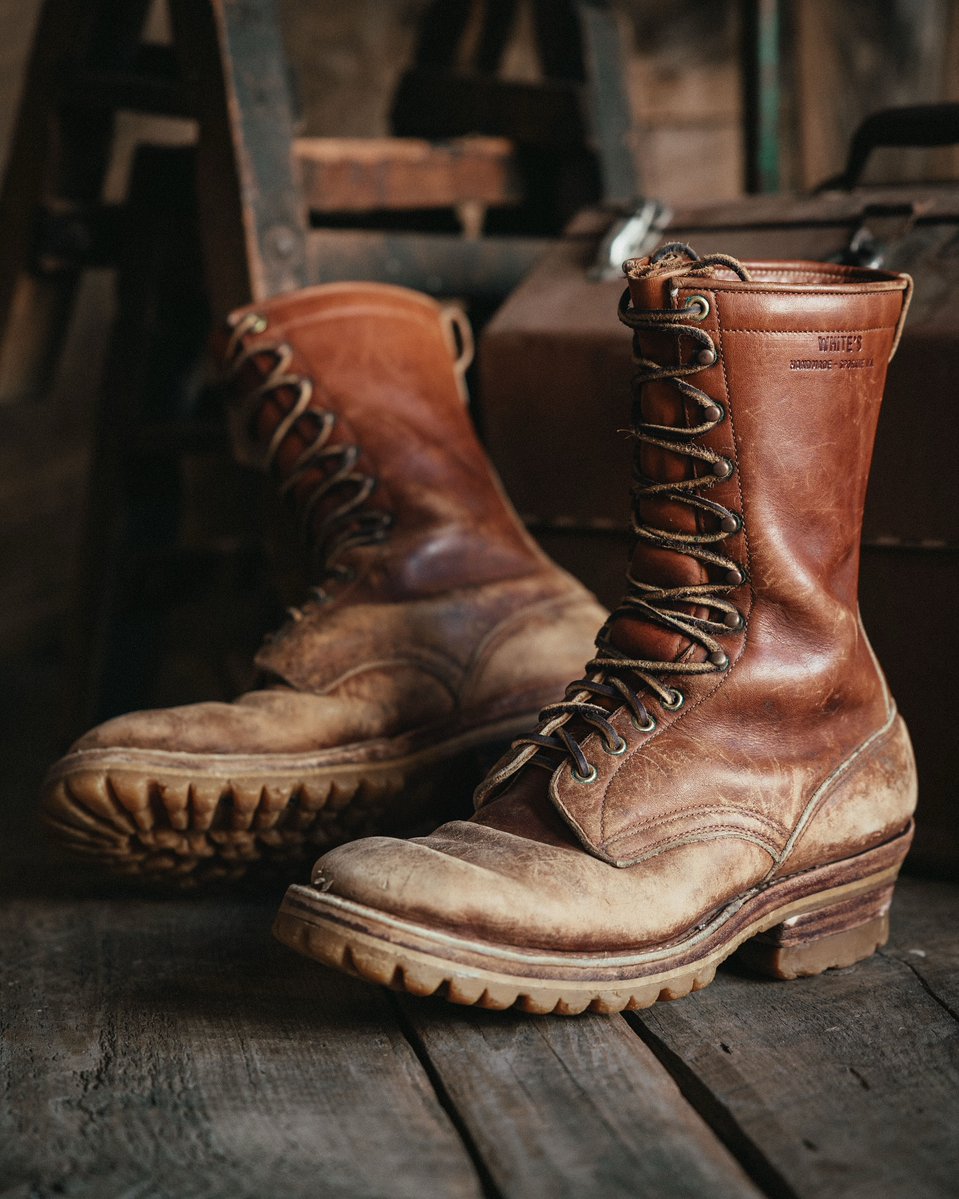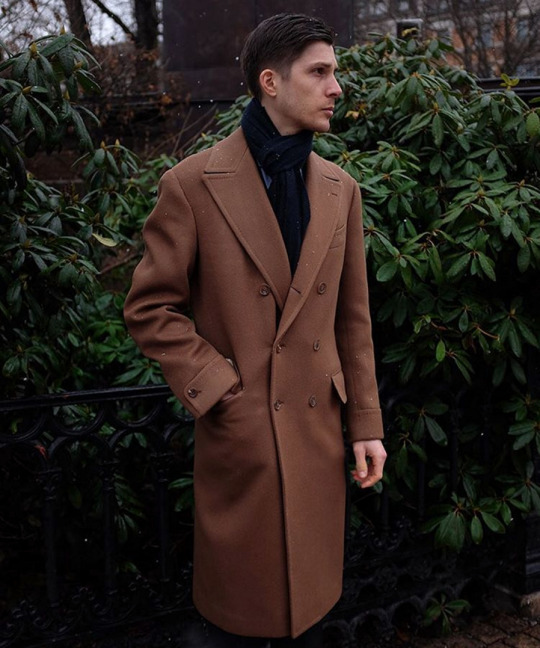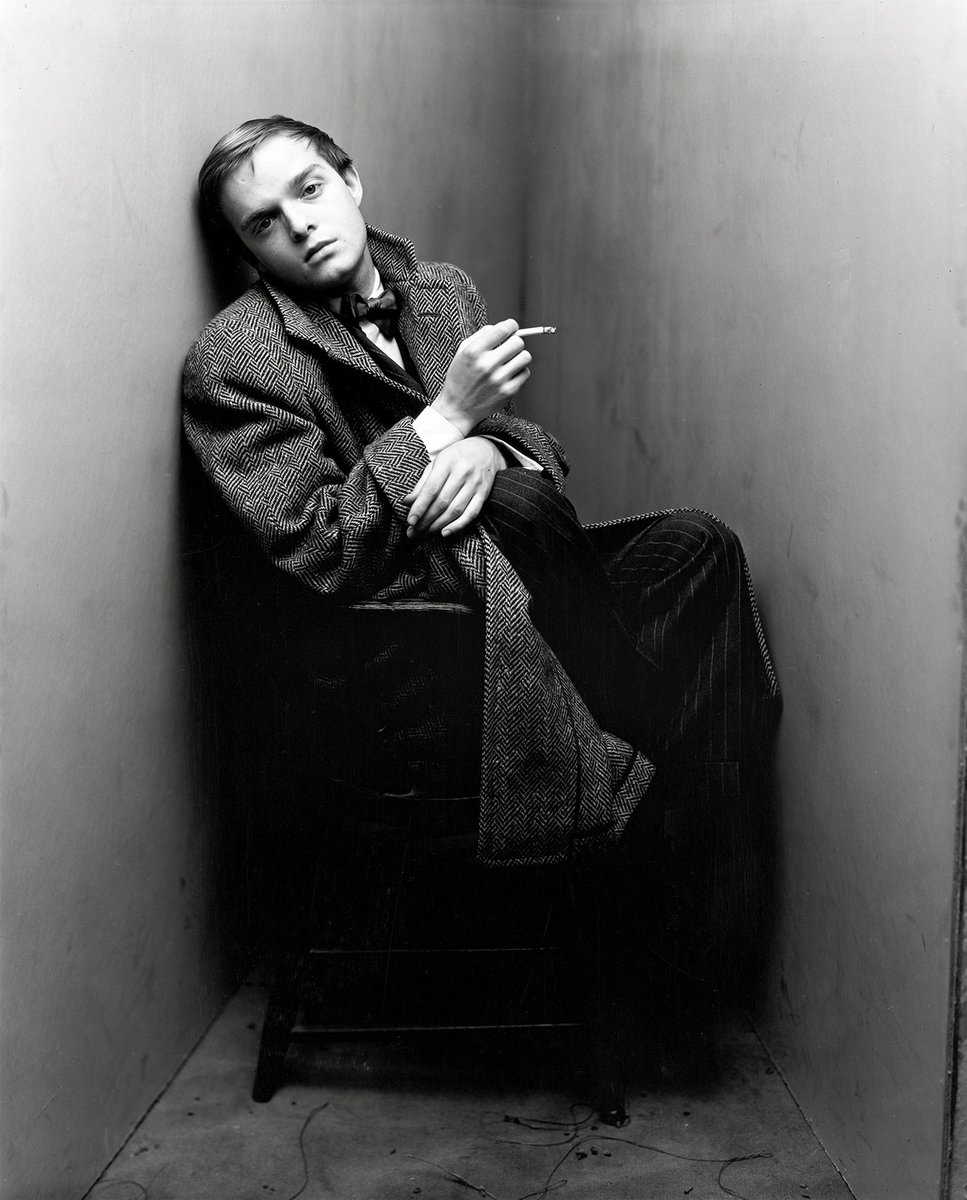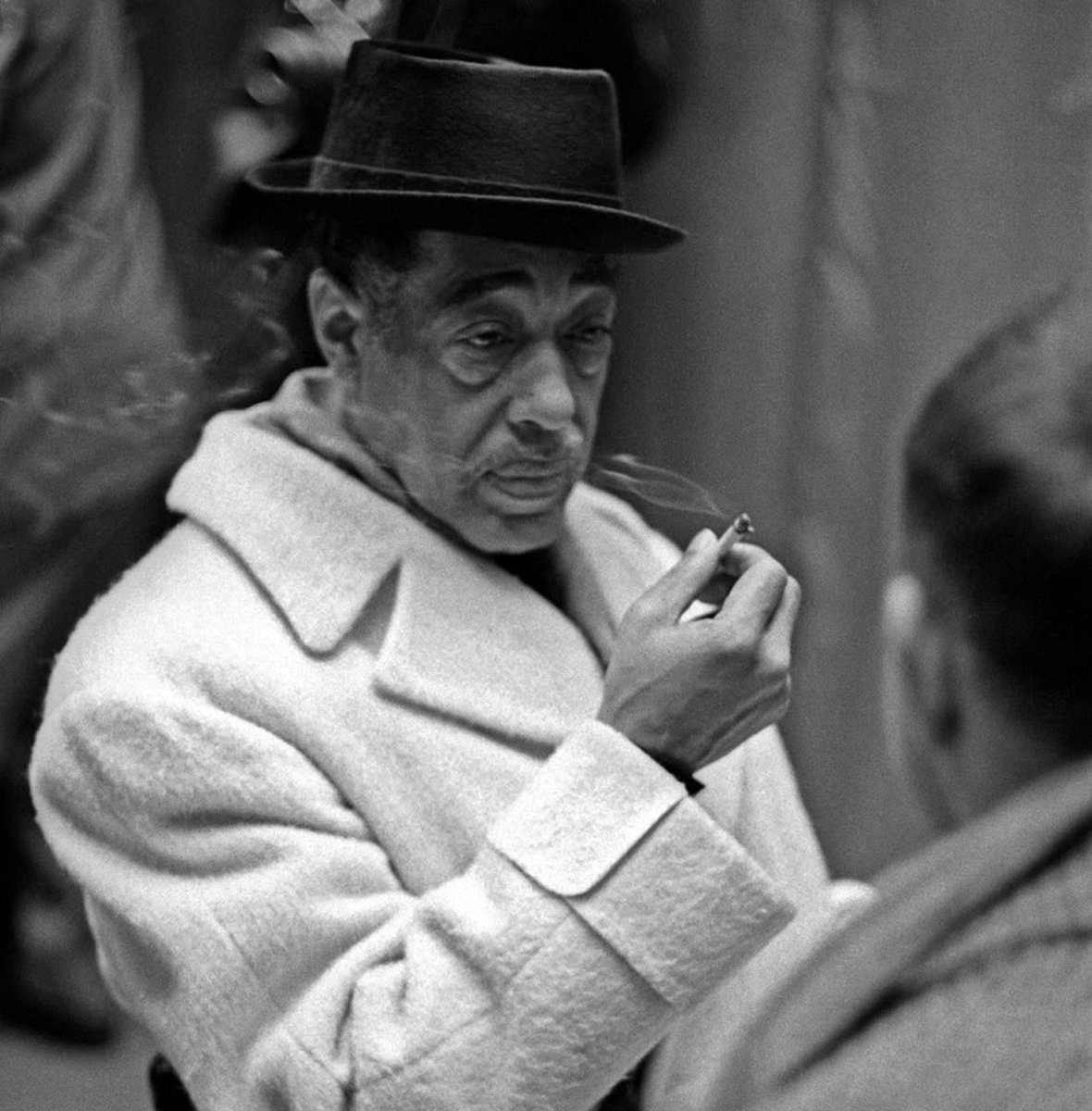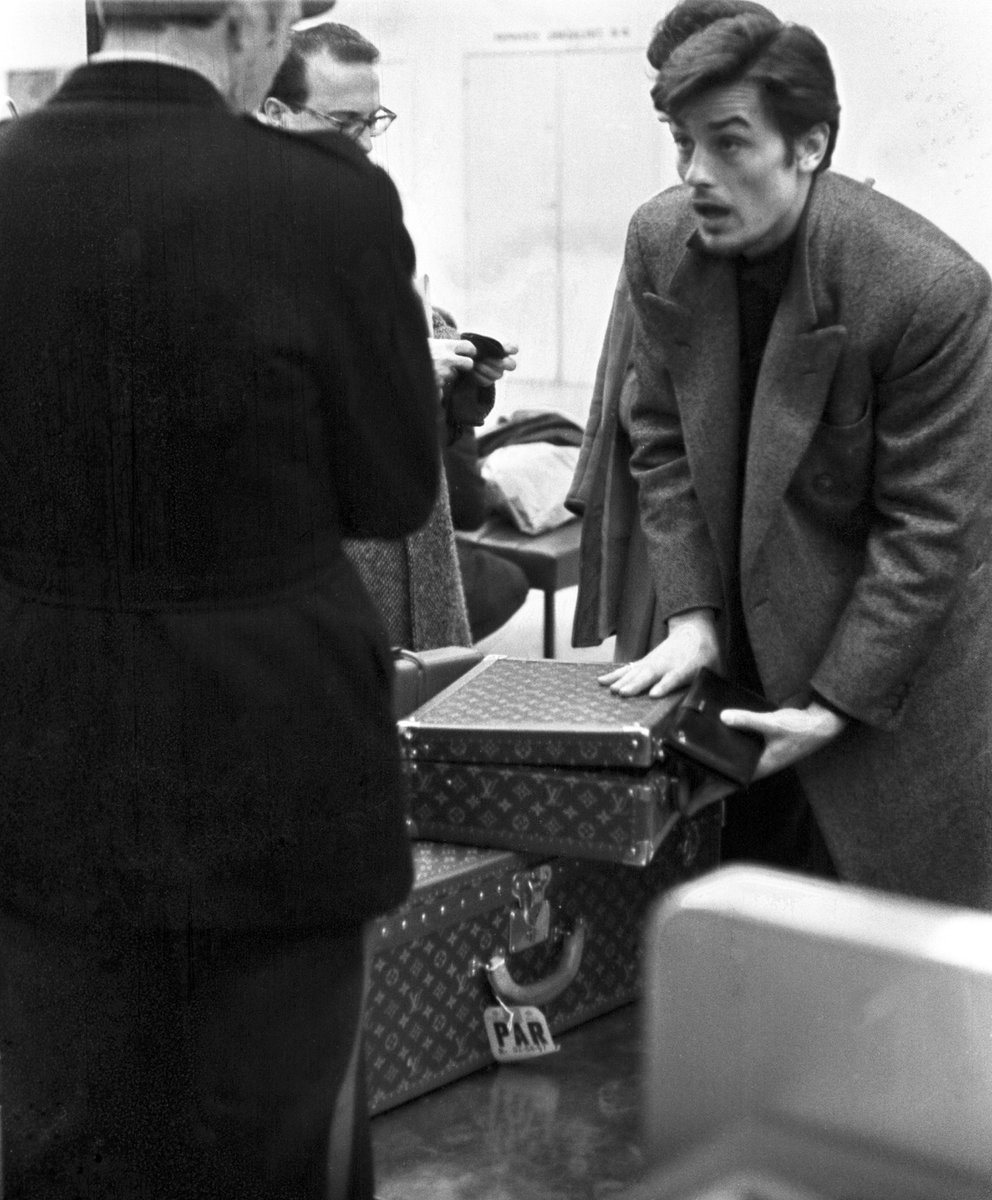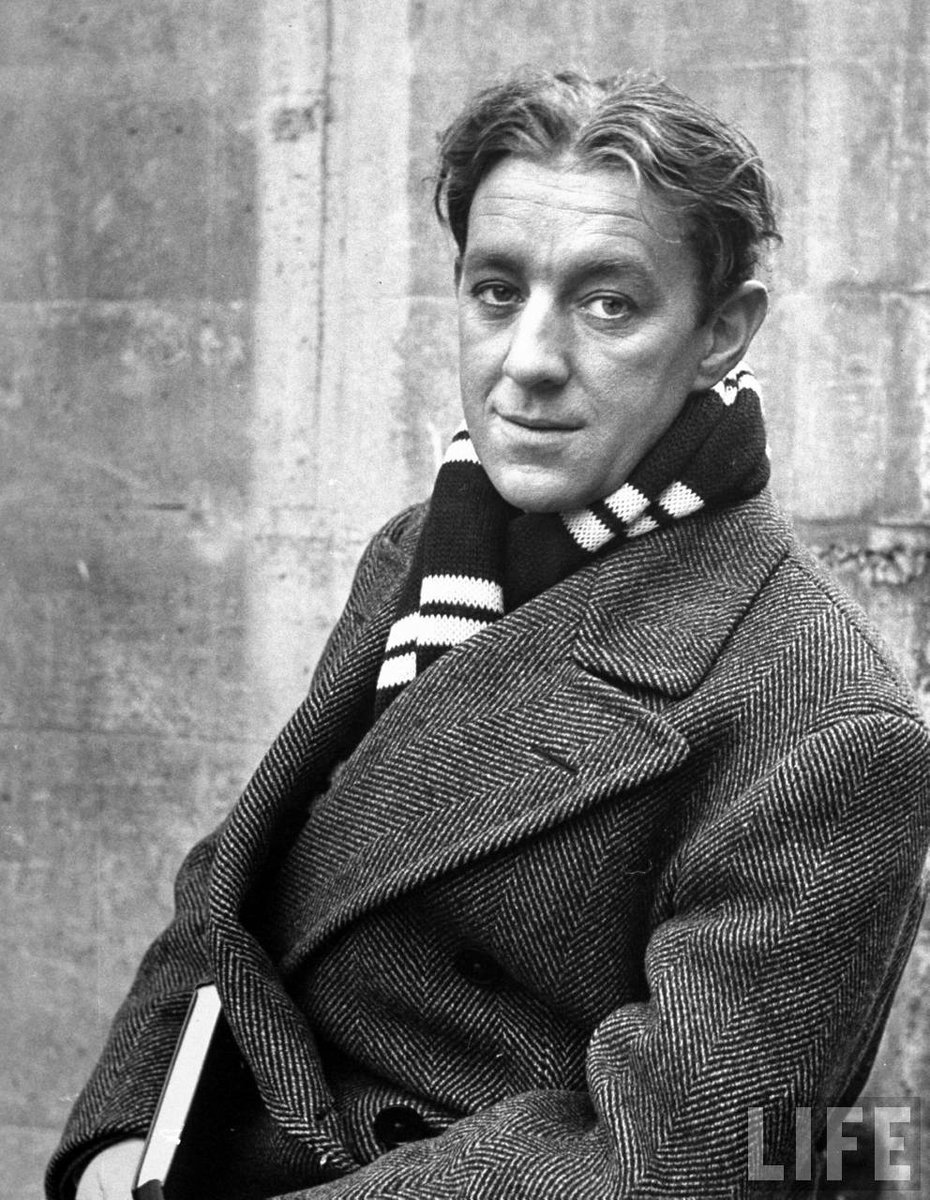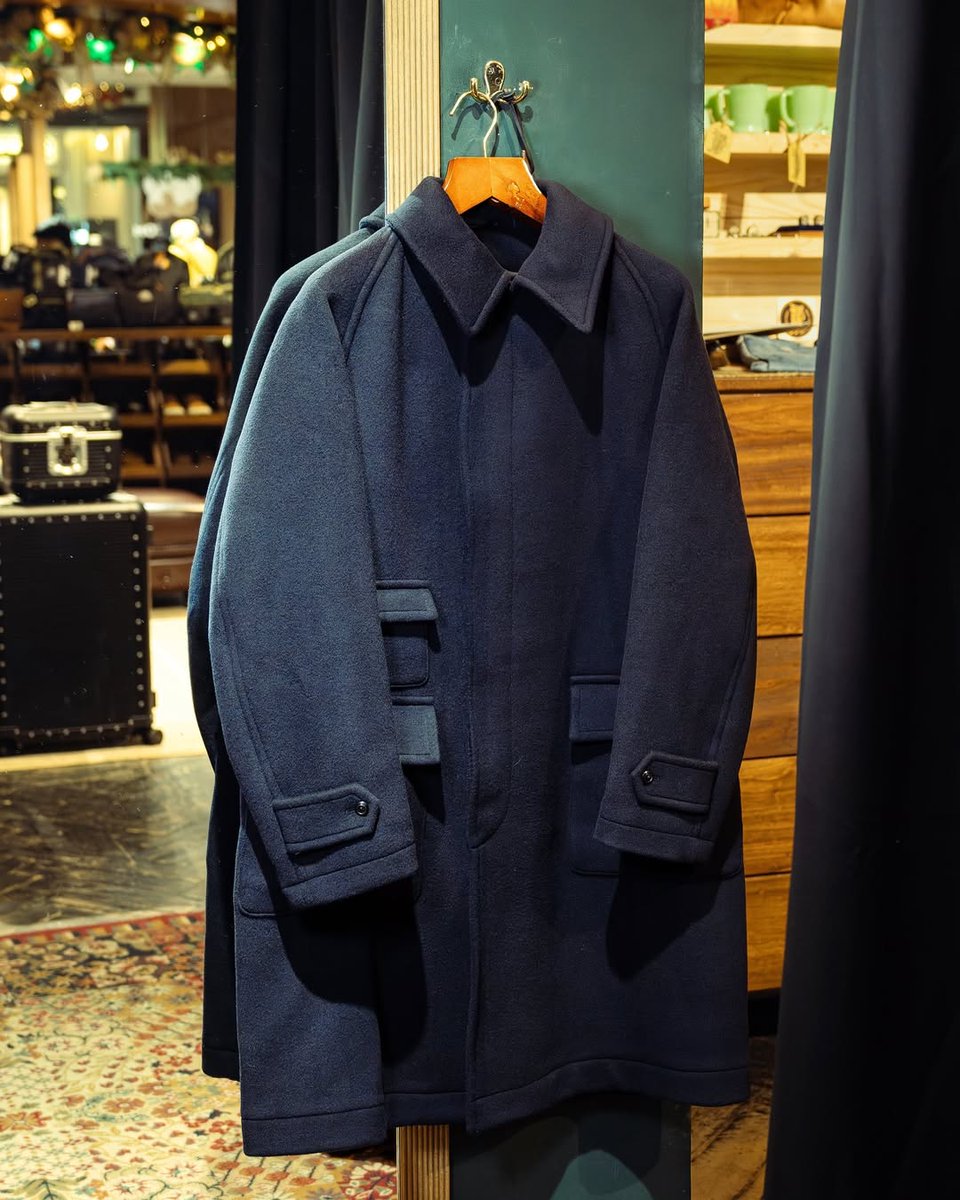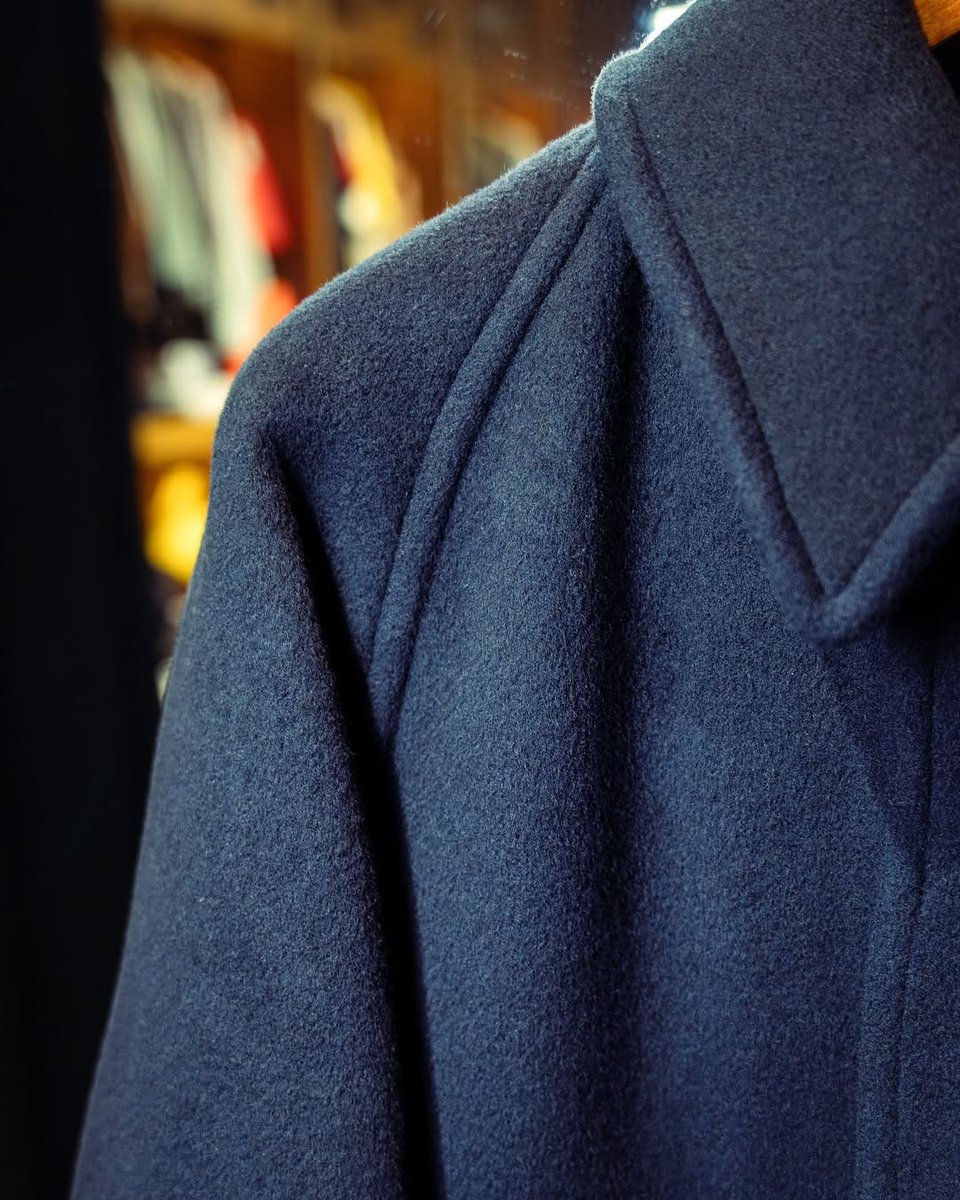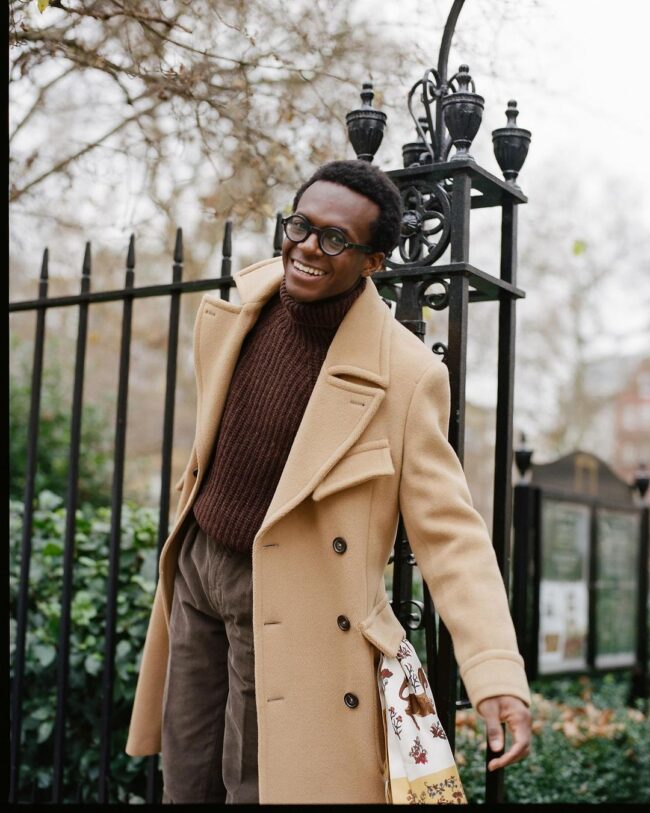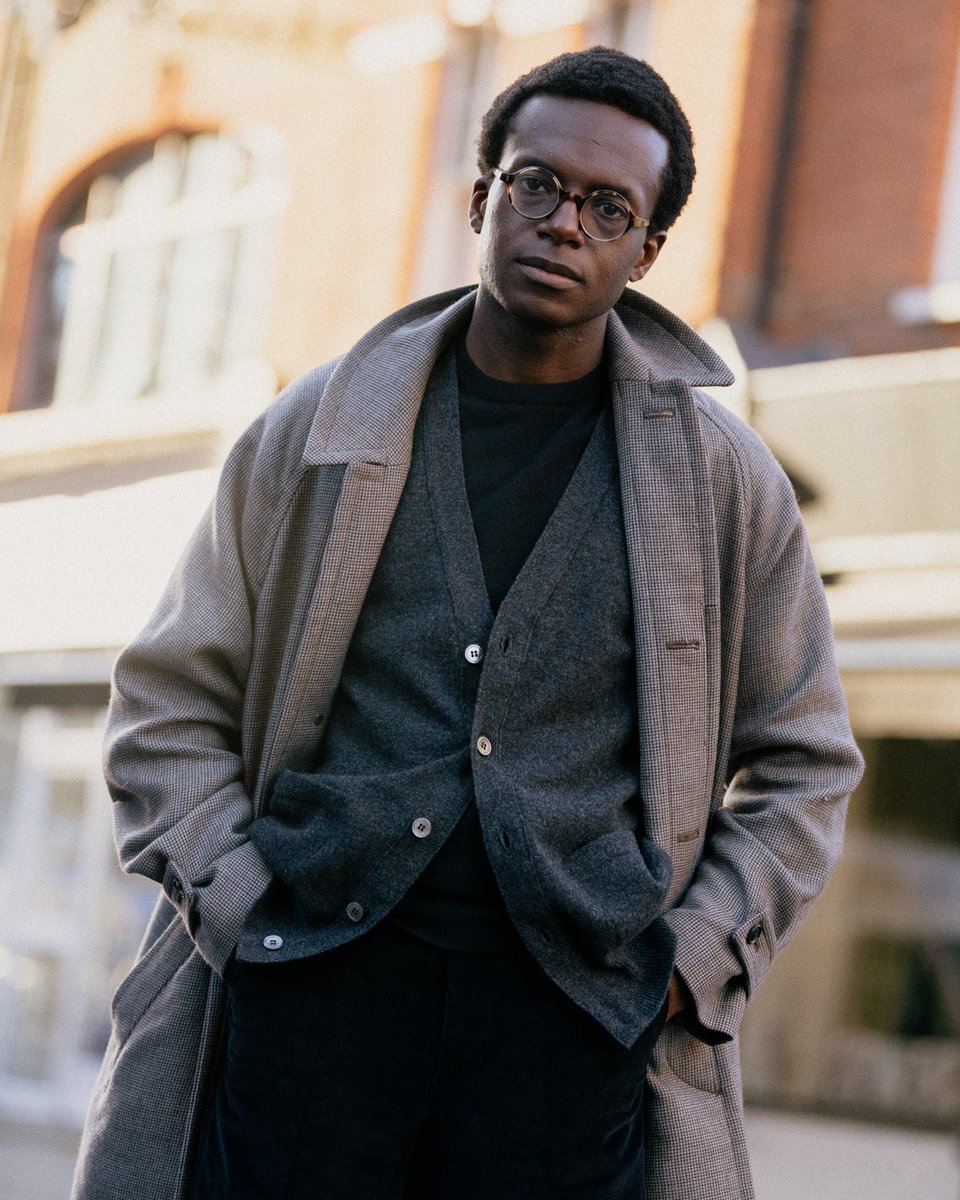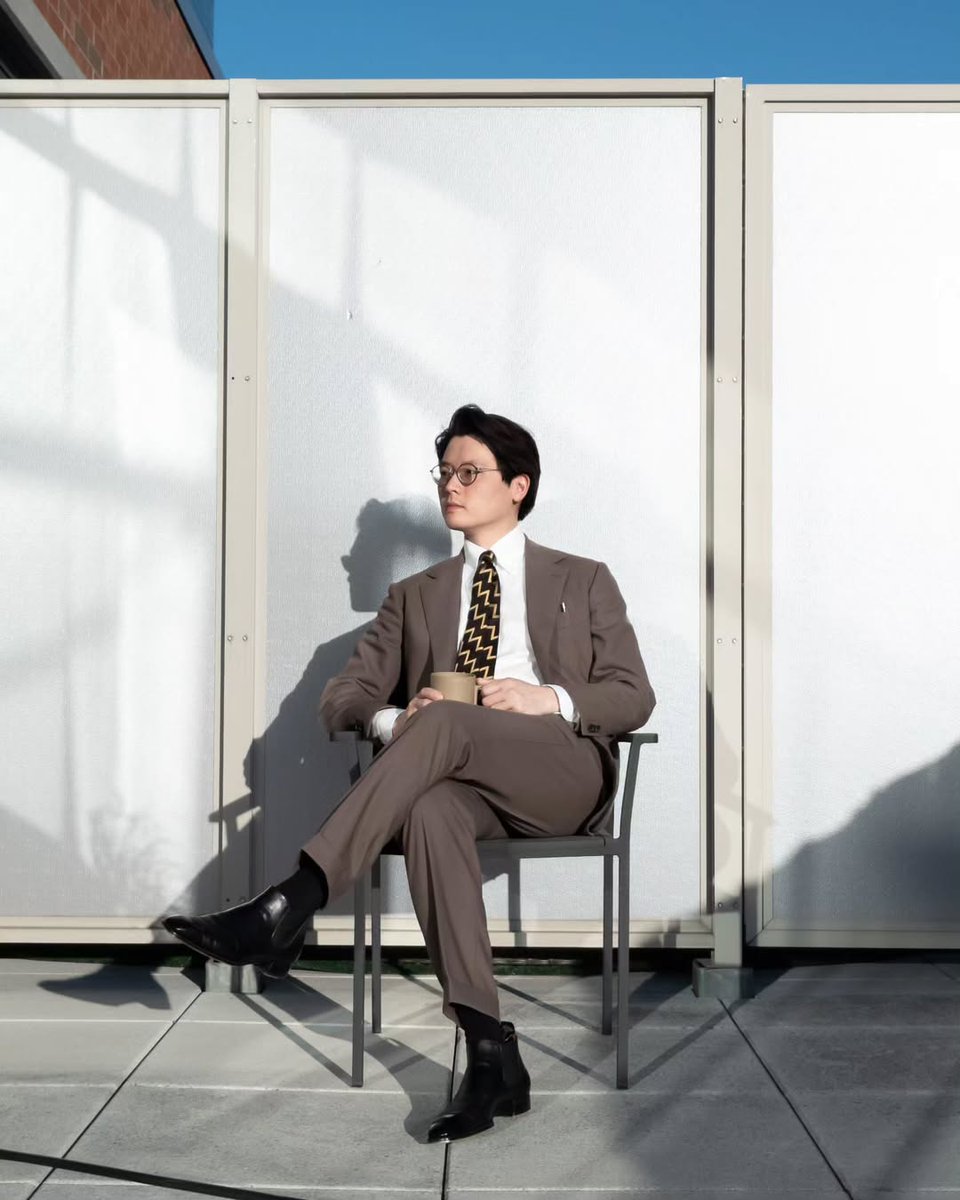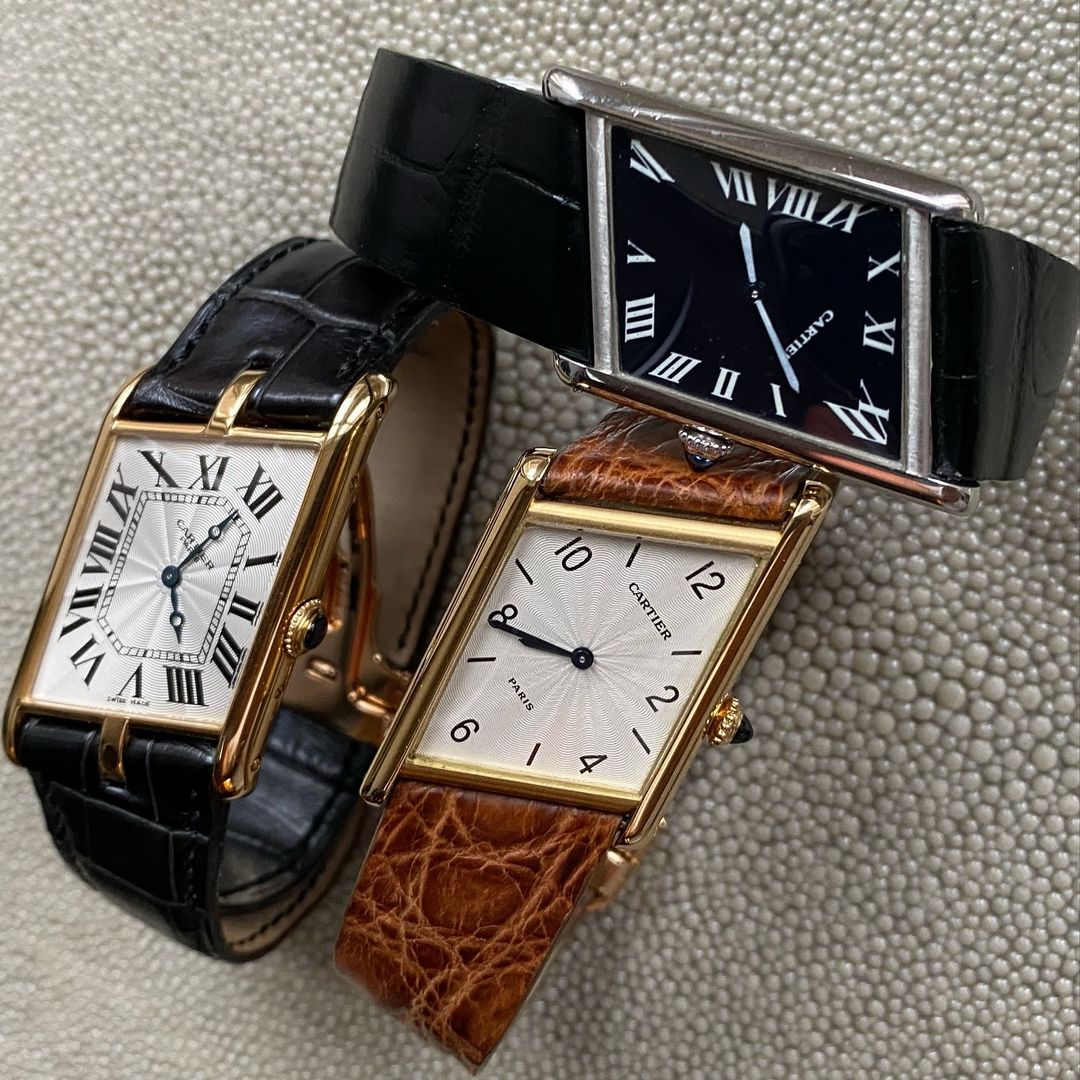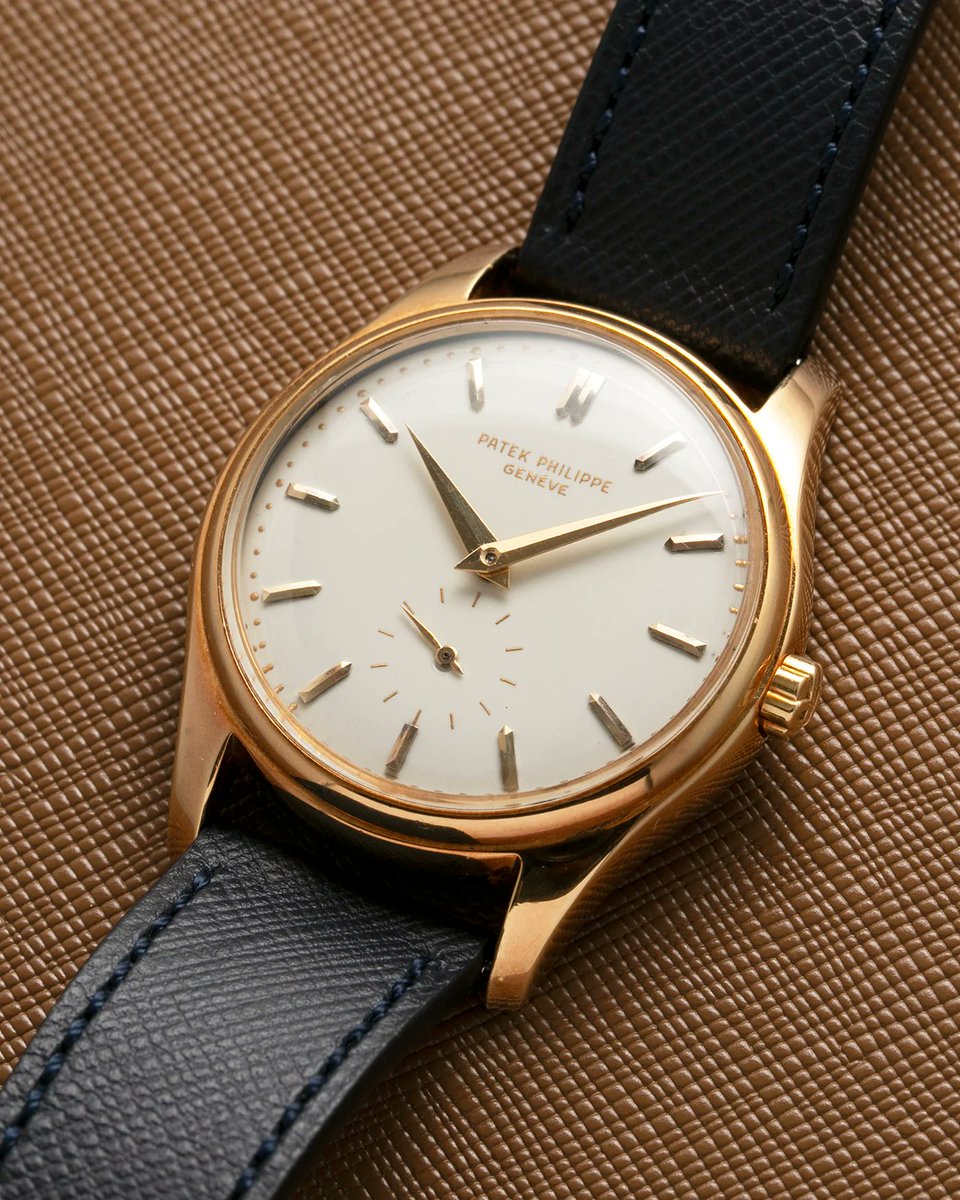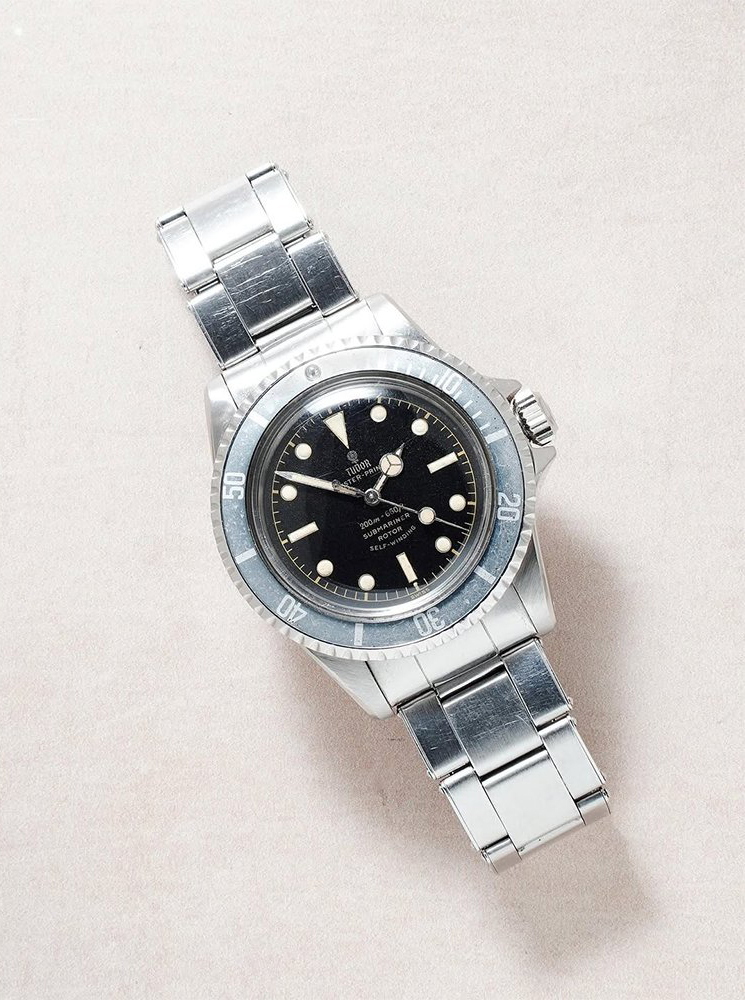Have you ever heard the phrase, "you have to know the rules before you break them?" What does that mean? Why would you have to know the rules if they're going to be broken anyway? Let's talk about it. 🧵 

In his book Status & Culture, @wdavidmarx talks about how our pursuit of status drives culture. While it's not necessarily about clothes, it explains a lot about why we wear what we wear. 

As David notes, we wear clothes to both signal our belonging to a group and our individuality within a group. And the best dressers often do something in an unexpected way. This requires knowing a little bit about the established dress practices within a group.
This is what I mean when I say dress is a type of social language.
Before we go on, let's look at these two outfits. Neither are strictly traditional or "by the book." But which of the two do you like better?


Before we go on, let's look at these two outfits. Neither are strictly traditional or "by the book." But which of the two do you like better?


If you said the second, we share the same aesthetics. So let's explore why the first doesn't work.
Let's review the elements: unique dinner jacket with black silk facings, white business shirt, grey self-striped tie, navy wool pants, black calf derbies, and grey suede belt.
Let's review the elements: unique dinner jacket with black silk facings, white business shirt, grey self-striped tie, navy wool pants, black calf derbies, and grey suede belt.

The most obvs issue is that a dinner jacket—here distinguished by its black satin shawl collar—does not go with navy odd trousers. Historically, a dinner suit would be worn in the evening for shows or dinner. A business suit was worn for business.




The combination of a dinner jacket with navy suit pants is a mismatch in formality, like throwing a suit jacket over carpenter pants. Peterson needs to wear that jacket with black or midnight blue dress trousers, ideally with a stripe going down the leg.




He should also wear that jacket with a formal shirt, not a dress shirt; a black bow tie made from the same material as his jacket's facings, not a long self-striped grey tie; black oxfords or formal slip-on shoes, not black derbies; and side tabs or suspenders, not a belt.




There are some other things that are very strange about the outfit. His wearing a watch with a metal bracelet (this is too casual for even business suits, nevermind a dinner jacket). And the grey socks (dress socks should be navy or match the color of your trousers)




Just look at how men dressed during the eras when tailoring was more common. Here's Warren Beatty wearing small dress watches on a leather band (almost certainly in a color that matches his shoes). Metal bracelets are for causal suits, sport coats, or casualwear.




I can already hear the protests from those who know a bit about men's dress history. "What about James Bond! He wore a Submariner with a tuxedo!" First, I think this is inelegant. But either way, this is "know the rules before you break them," which we'll get into later. 

The other issue is that Peterson's belt and shoes don't match. They don't have to match in terms of material, but they should match in color. This creates harmony in an outfit. See Sid's outfit on the right.




Peterson's outfit is so mismatched—dinner jacket with business clothes, sports watch on a metal bracelet, no coordination between belt and shoes, and bad choice for sock color—that one doesn't get the impression he knows what he's doing. 

Instead, it looks like someone threw clothes onto him with a pitchfork.
Keen eyed observers may also notice the jacket's pattern doesn't match along the side-seam. This suggests it's poorly executed made-to-measure, which adds to the bad impression.


Keen eyed observers may also notice the jacket's pattern doesn't match along the side-seam. This suggests it's poorly executed made-to-measure, which adds to the bad impression.


That said, a good outfit isn't always about following the rules. Fifteen years ago, menswear writer Bruce Boyer wrote about something he called the "English Country House Look," which is a “healthy disregard for sanctity." 

The English Country House Look is the mixing of ordinary and fine design, and patina on furniture earned from years of use. As Bruce put it, this gives the impression of authenticity, unpretentiousness, and "supreme self-confidence." Such ideas also carry over to dress: 

IMO, this outfit is better because it has a sense of language but also reflects a bit of personal authenticity. No country gentleman in the early 20th century would have thrown an Army jacket over his tweed. But the mixing here works bc everything is rustic and non-business. 

In fact, the trenchcoat came from war and it looks at home with tailored clothing. So the idea of wearing a military field jacket—this being a jungle jacket designed for US forces stationed in Vietnam—does not look wrong to me with a tweed sport coat (also used for shooting)




Everything else about this outfit demonstrates total coherence: an olive checked tweed with grey flannel trousers, light blue shirt, brown wool tie, and brown split-toe derbies. It's a classic rustic look with a bit of personality (the Army jacket). 

Successful outfits that subvert tradition often demonstrate the same character: an understanding of dress practices within an established tradition but with a tweak to show individuality. Here's @urban_comp in a black mesh shirt and tobacco-colored linen suit.




Here's Hendrix in a velvet evening suit and black side zips boots, but his suit is made in a color typically worn in the daytime. Andreas Weinas (IG andreasweinas) wearing a black cashmere DB with cloth-covered buttons, but with a black tee and white trousers.




When you do this sort of thing, it helps to make sure your tailoring is on point. The fit has to be perfect and the silhouette should work with what you're trying to convey. See these outfits from @modsiwW




Such outfits can be as wild or as conservative as you want, but to make it successful, you often have to know the language you're working within. Playing with language requires you to at least know how to spell.
IG kamauhosten




IG kamauhosten




Sometimes these languages are esoteric, which will leave some scratching their heads at the looks above. But just because you don't speak a language doesn't mean it doesn't exist. Main issue is that JP's look has no language at all. Hence, "know the rules before you break them." 

• • •
Missing some Tweet in this thread? You can try to
force a refresh


